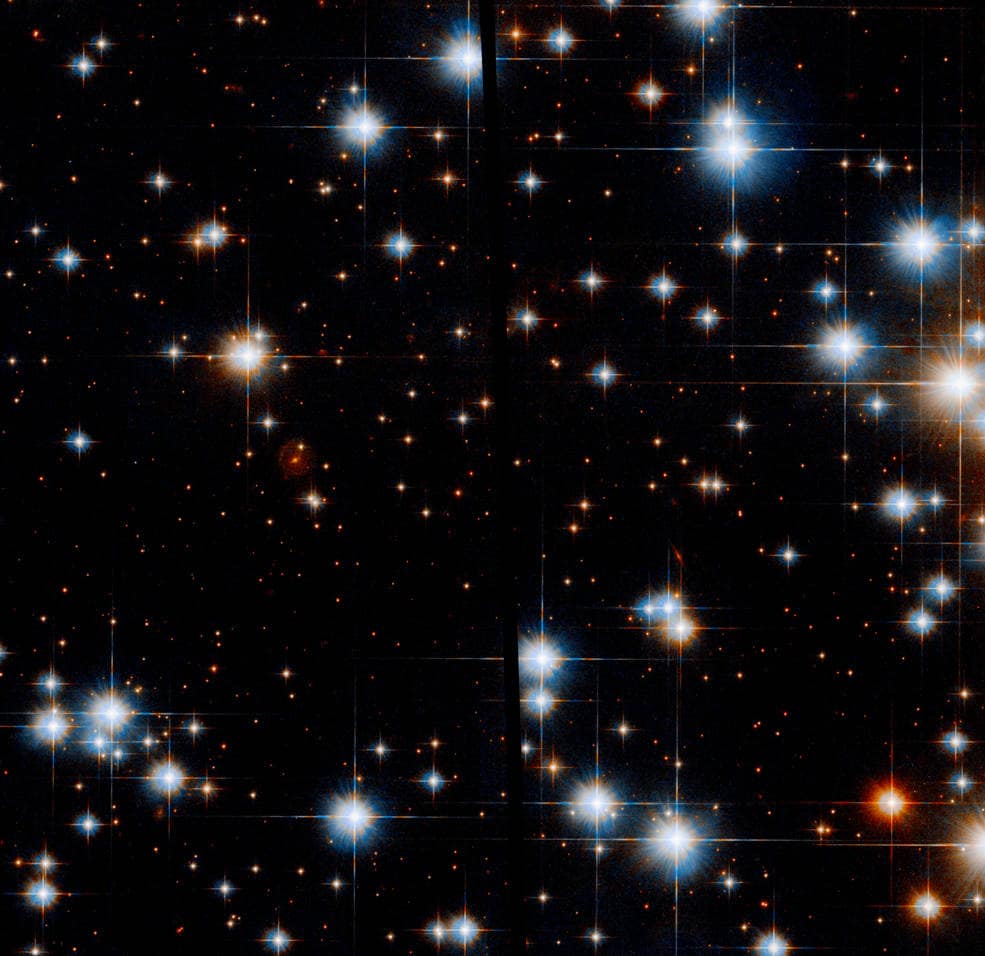NASA’s `30 Celestial Gems’ Include Two Images by Embry-Riddle Astronomer


To celebrate the 30th anniversary of the Hubble Space Telescope, NASA released 30 galleries of dazzling celestial images – including two captured by Embry-Riddle Physics and Astronomy Professor Dr. Ted von Hippel.
The newly processed Hubble images showcase 109 galaxies, star clusters and nebulae. NASA’s “30 Celestial Gems” news release notes that all of the objects can be identified and enjoyed by amateur astronomers through backyard telescopes.
Embry-Riddle’s popular Astronomy and Astrophysics program on the Daytona Beach, Florida, campus currently serves more than 130 undergraduate students, making it one of the largest programs of its kind in the United States. Alumni are now working in academia, industry and government. “The physics and math skills that Embry-Riddle students in these majors acquire are in high demand,” said Professor Dr. Terry Oswalt, chair of the department, adding that “Dr. von Hippel is the coordinator for our Astronomy and Astrophysics program.”
Von Hippel joined the Embry-Riddle Physics and Astronomy Department in 2011. His two NASA-featured images are part of a collection known as the Caldwell catalog, specifically:
- Caldwell 58, also known as Caroline’s Cluster, or NGC 2360, is an open cluster named for German/English astronomer Caroline Herschel. A group of stars loosely bound together by gravity, C58 is located in the Canis Major constellation, some 3,700 light-years from Earth. It is most easily observed during the Northern Hemisphere’s winter and the Southern Hemisphere’s summer.
Embry-Riddle researchers “used Hubble to study white dwarfs in C58 and better understand the age of our galaxy,” NASA reported. White dwarfs are the dense cores left behind after a star has exhausted all of its nuclear fuel.
- Caldwell 71, or NGC 2477, which is an open star cluster – a loosely bound collection of stars. NASA noted that C71 “is relatively compact and strikingly spherical.” Located about 4,000 light-years from Earth in the constellation Puppis, C71 “appears fairly bright in the sky and can be spotted easily with a pair of binoculars,” NASA said. It can be best observed in the Southern Hemisphere during the summer and in the lower latitudes of the Northern Hemisphere during the winter.
C71 is a composite of visible and infrared observations by Hubble’s Wide Field and Planetary Camera 2. The images were captured when von Hippel and colleagues were studying the evolution of cooling of white dwarfs. Hubble data for these open clusters provided observational evidence that white dwarfs are highly accurate clocks. Von Hippel, his team, and Embry-Riddle students continue this work and are now using white dwarfs to map out the history of star formation in our galaxy, the Milky Way.
NASA’s Hubble Space Telescope, named in honor of astronomer Edwin Hubble, is a large, space-based observatory, deployed by the space shuttle Discovery in 1990. Researchers have used Hubble to observe distant stars and galaxies as well as planets in our solar system. Hubble has made more than 1.4 million observations, looking back into our universe’s distant past to location more than 13.4 billion light-years from Earth.
This story, prepared by Embry-Riddle’s news team, draws extensively from NASA’s news release and information in the Caldwell catalog.
